“It was the best of times, it was the worst of times. ...” Charles Dickens wrote those lines thinking of the years prior to the French Revolution. I write them thinking of the summer of 1969.
That summer, our country was mired in the war in Vietnam. In the streets of Greenwich Village, gays and police duked it out in what became known as the Stonewall Riots. Senator Ted Kennedy drove his car off a bridge on Chappaquiddick Island in Massachusetts, leaving his passenger, Mary Jo Kopechne, to drown. Charles Manson and his crew of wing nuts committed murder in hopes of sparking a revolution. In August, more than 350,000 people listened to rock music, played in the mud, and some cavorted naked at Woodstock, New York, leaving behind tons of trash.
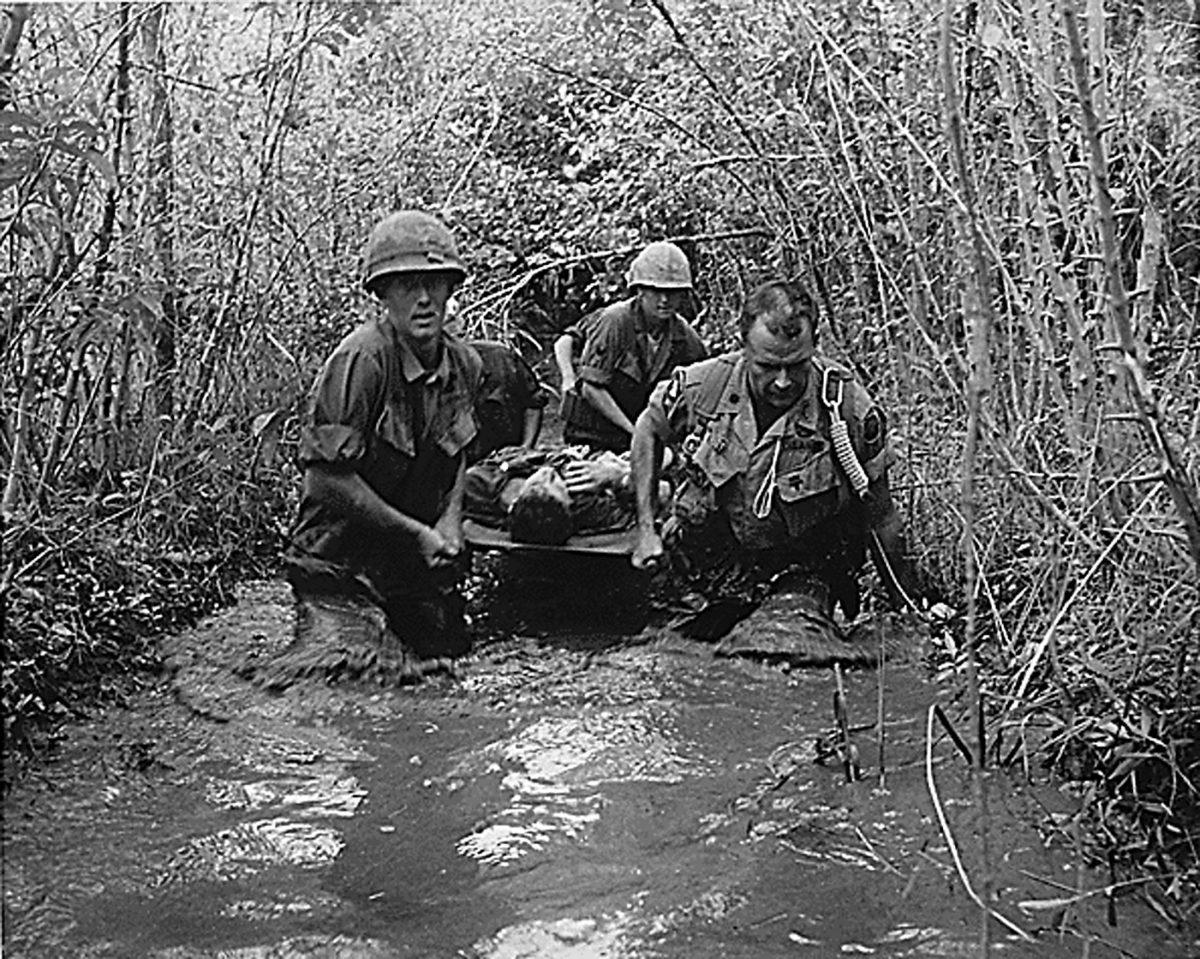
And the best of times? At 10:56 p.m. EDT on July 20, 1969, American astronaut Neil Armstrong stepped from the lunar module onto the surface of the moon and famously proclaimed, “That’s one small step for (a) man, one giant leap for mankind.”
Fifty years have passed since Armstrong uttered those immortal words.
What I Remember
An aside: Like millions of others, I viewed the event via television but have only the haziest of memories of the astronauts bouncing on the lunar surface. On that day, I was three weeks into Beast Barracks at the U.S. Military Academy at West Point. The pace was exhausting, the hazing intense. After someone decided that we plebes should witness the moon landing, the cadre of upperclassmen who had charge of us marched my classmates and me into an auditorium, where we spent the next few hours fighting to stay awake.Those commanding us strode up and down the aisles like caged lions, prodding us awake and shouting at anyone whose eyes were closed. My main memory of that historic evening is of my exhausted classmates seated in the semidarkness, their heads, like those of newborn babies, bobbing back and forth, up and down.
When we consider the sacrifices and courage of these men and women, we might find deeper meaning in that line from “Star Trek”: “To boldly go where no man has gone before.” All of our astronauts on all space flights have certainly gone where no one has gone before.
Technology in 1969
First up is the rapidity with which we reached the moon. On May 5, 1961, Alan Shepard became the first American to fly into space. Less than three weeks later, President Kennedy announced plans to land human beings on the moon. Eight years passed, and that vow became a reality.What should strike us as equally incredible is that the moon landing occurred only 66 years after the Wright Brothers lifted off at Kitty Hawk, North Carolina. Think about it: Orville Wright’s first flight lasted 12 seconds and covered 120 feet. A blink of Clio’s, the muse of history’s, eye and we’re going to the moon and back.
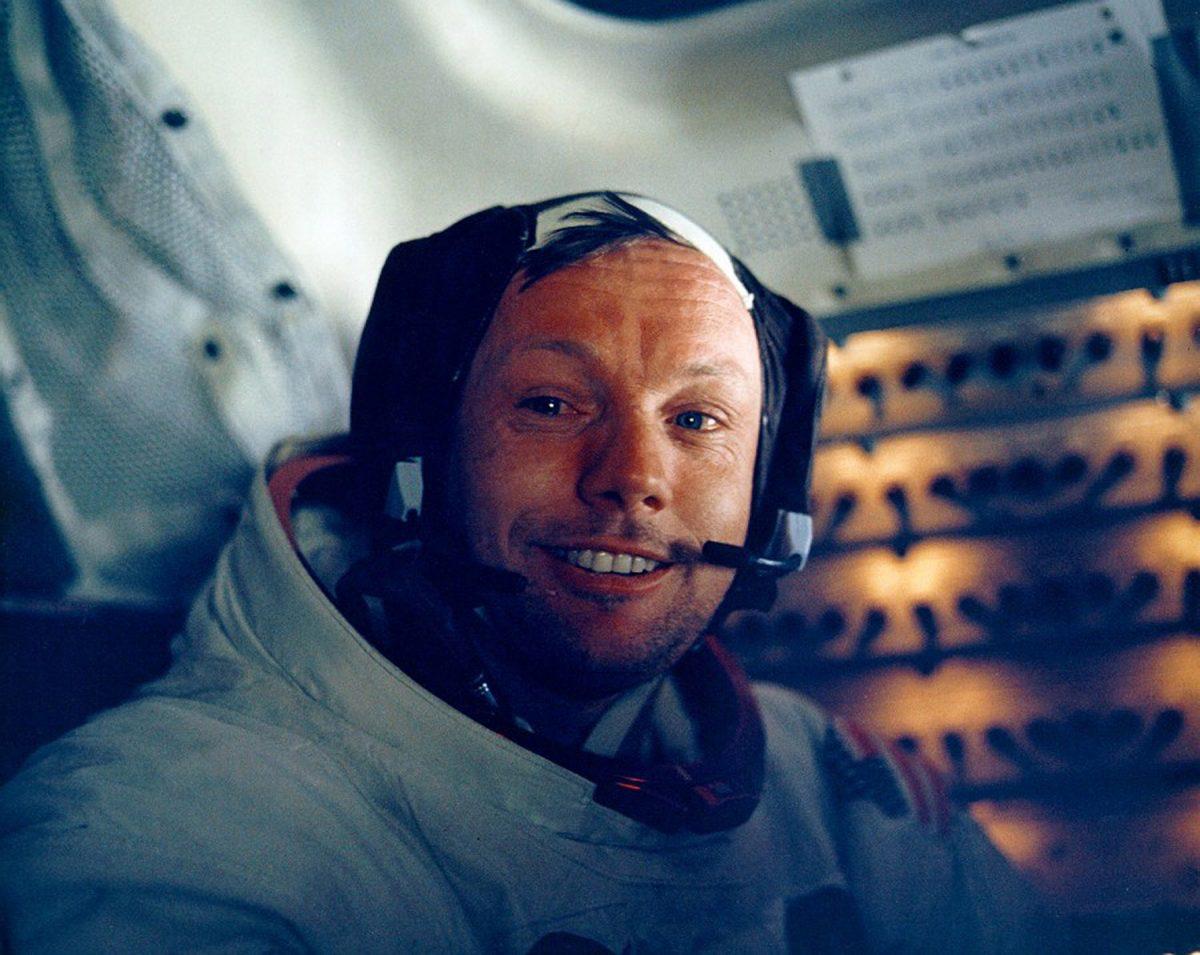
Slide rules—for younger readers, this was a hand-operated instrument that looked like a ruler and could be used to multiply, divide, calculate logarithms, and perform other functions—were also a vital part of the engineering behind these flights. An example: African-American Katherine Johnson, a college professor and mathematician, calculated the trajectory of Apollo 11 to the moon with a slide rule and a pencil. Nine months after Apollo 11’s landing, when an emergency forced the crew of the ill-starred Apollo 13 mission to abandon their mission and return to Earth, engineers and astronauts used slide rules to quickly calculate information that had not been programmed into the computers.
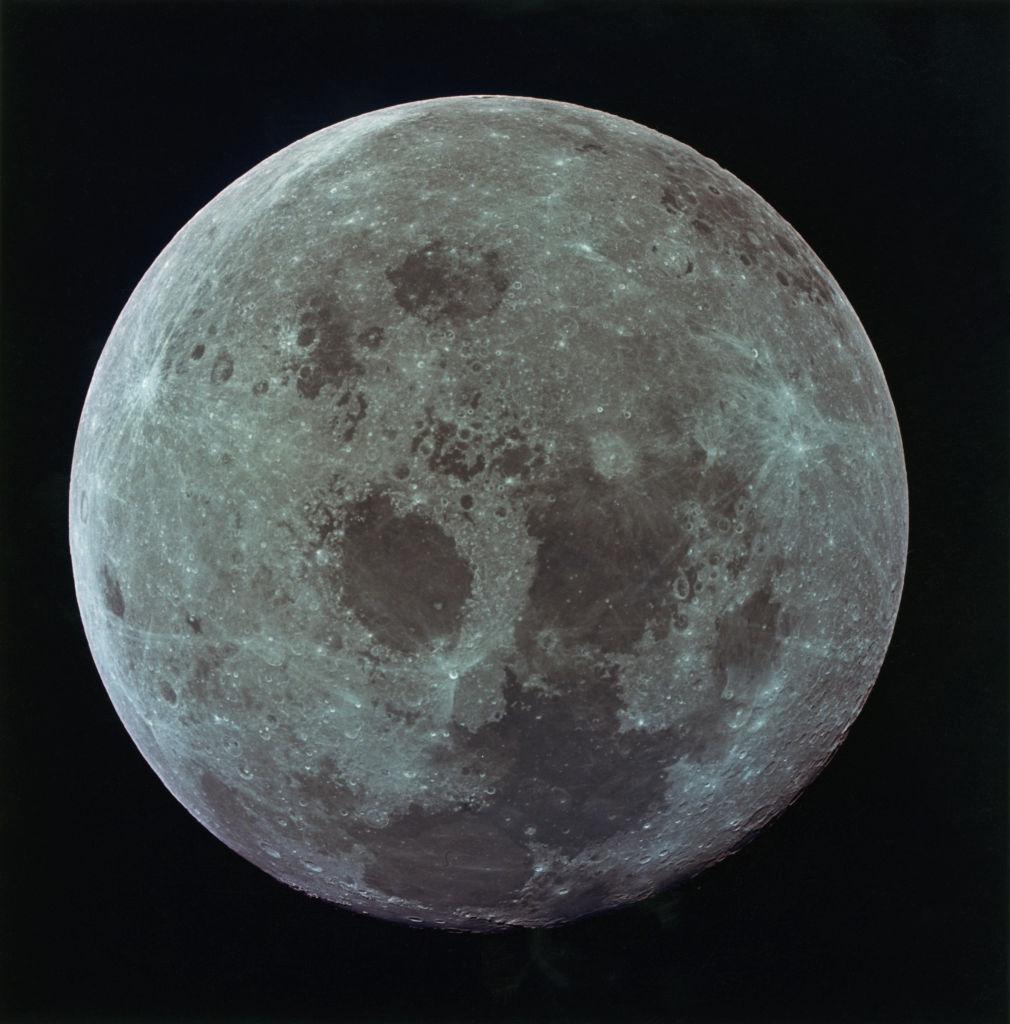
And if you can’t attend one of these formal celebrations? Not to worry. On July 18, the moon will be full. By July 20, it will be waning but will still be 89 percent visible. Weather permitting, fill a glass with your favorite beverage, walk to the backyard of your home or the balcony of your apartment, sit in the dark in a lawn chair or at a picnic table, take in that big, beautiful piece of rock above you, and toast one of the greatest accomplishments in the history of mankind.

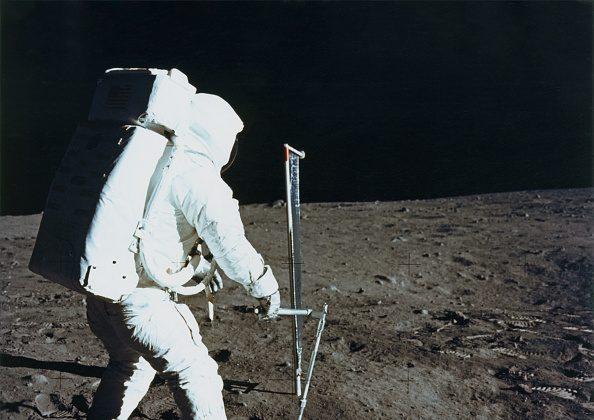

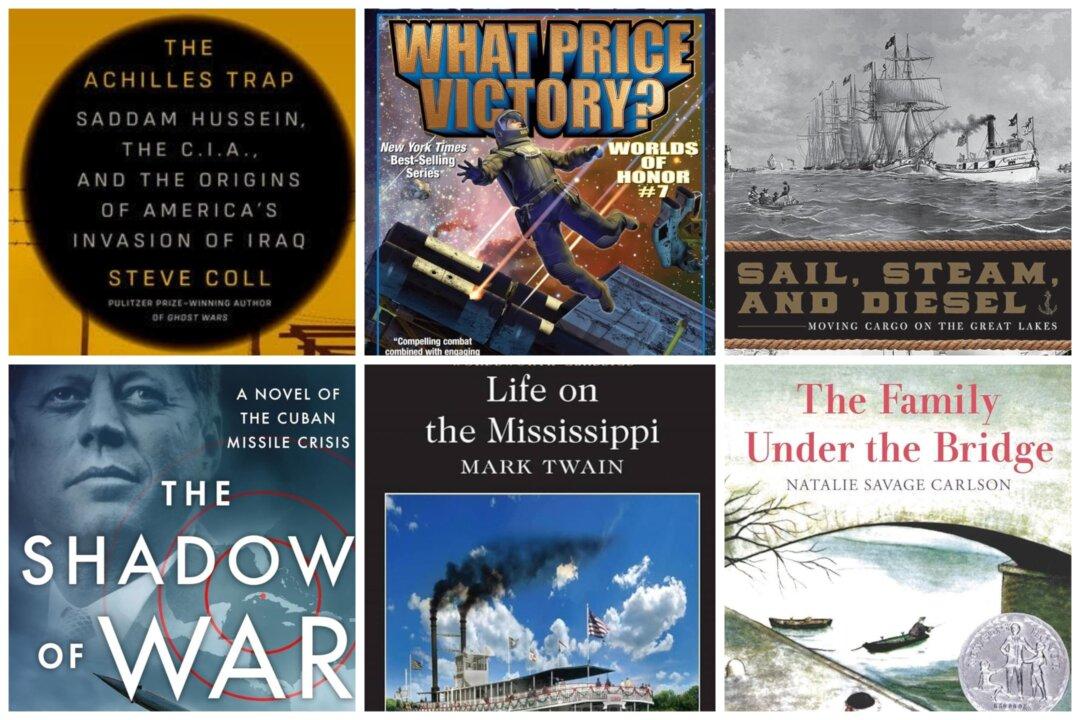
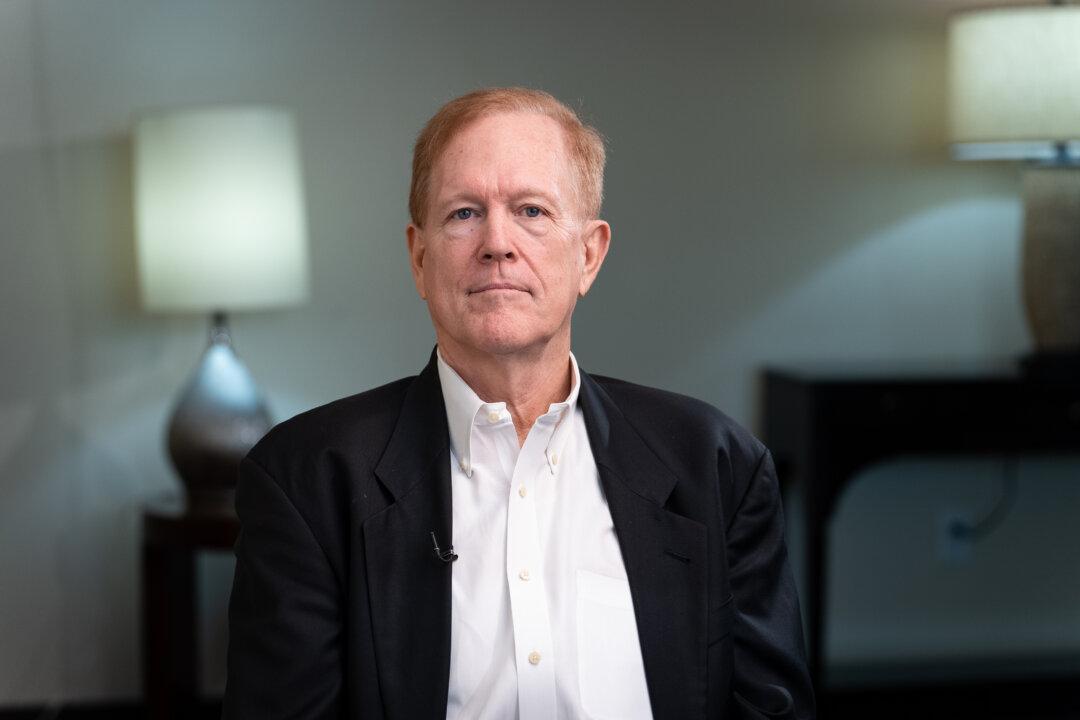

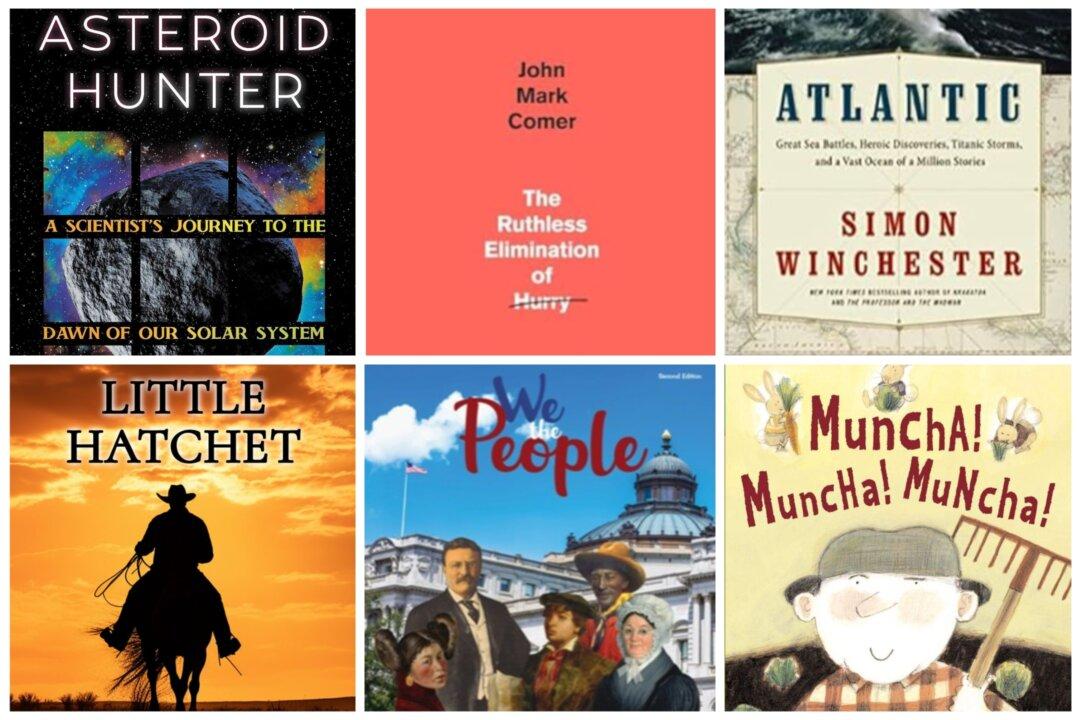
Friends Read Free